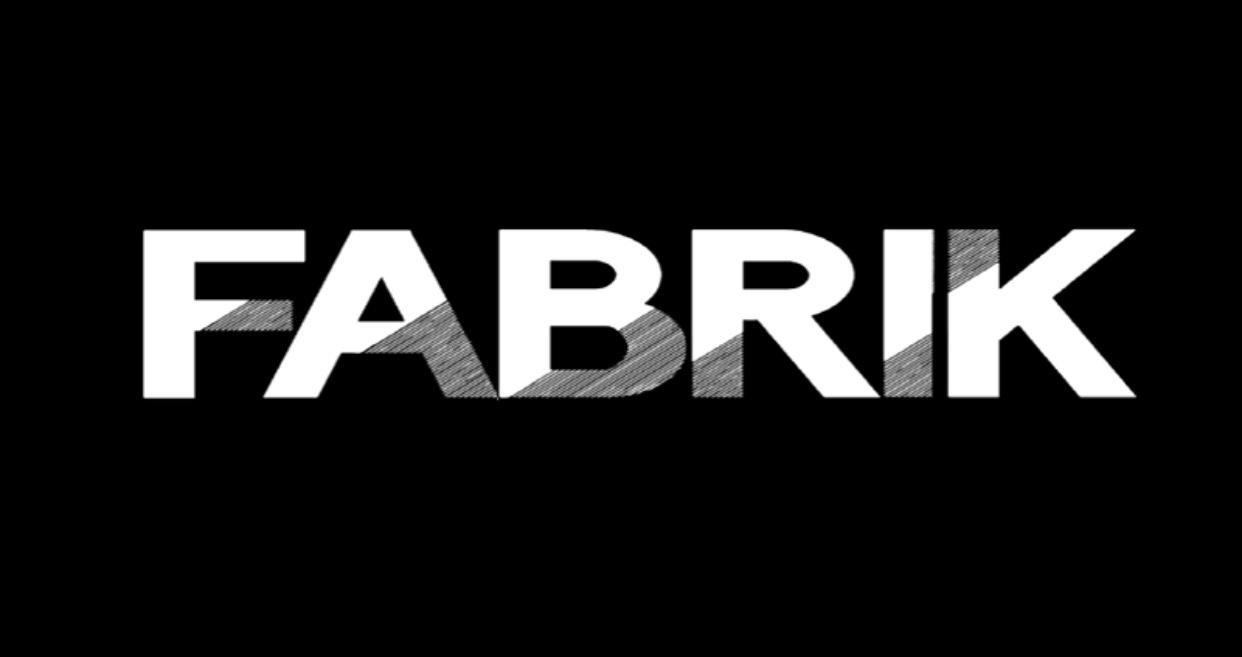Why everyone should support the gender-neutral fashion movement.
- Fabrik Sussex

- Apr 16, 2021
- 4 min read
Article Written By: Lucy Clay
It can be easy to disengage in a world where we have an overwhelming plethora of information at our fingertips. But nevertheless, making a commitment to self-educate makes the world a better place. Fashion illustrates the narrative of current social issues of society, whether it is reinforcing gender stereotypes or attempting to collapse them completely. It is both an indication of the current social climate and a tool for social change. Fashion is more than meets the eye. But how does fashion perpetuate such social movements? Why should the gender-neutral fashion movement be celebrated by all positions on the gender spectrum?
During the 90’s, there was an honourable effort for the surge of feminism with women pursuing higher education, working their way into male-dominated careers and delaying their days of marriage and children to focus on themselves. Undoubtedly, in the entertainment and music industry the clothing of women was quite indicative of the undefeated objectification of females. What was at the time a breakthrough of ‘girl power’ in the female music industry, was only the attempt at the beginning. In a 2011 Pussycat Dolls interview, Nicole Sherzinger told American Marie Claire Magazine that she cried when she saw her first costume, as she remembered being shocked and unsure about the ‘raunchy attire’. After feeling opposed to the encouragement of a sexualised image, she went on to defend the degrading wardrobe choice as ‘a part of growing up though, right?’ It appeared that the ingrained misogynistic attitudes of society at the time continued to confine female fashion into the category of objectification.
A decade later in 2021 we can fortunately appreciate a further progression of feminism that has influenced the way in which women present themselves. We see women in the industry taking control of their own narrative, expressing freedom of choice in what they wear, and what they advocate for. Billie Eilish, when questioned about her baggy clothing in a 2019 interview, discussed that although some fans will praise her for encouraging more girls to dress like boys, she disagrees with this, supporting freedom of choice always. In a short film named ‘not my responsibility’ she made the choice to completely reveal her body in 2020, as a protest to body shaming and to quieten the trolls about what she was rumoured to be hiding. At only 19, Billie is one of the most successful women in the industry right now, shifting the perception of body image alongside her music career.
‘If what I wear is comfortable, I am not a woman. If I shed the layers I am a slut.’
Women are often seen wearing ‘boys’ clothes or ‘boyfriend’ style clothes; a style of female clothing dedicated to the looser fit. More hesitantly, stereotypically female clothing is coming into boys’ wardrobes too, with Marc Jacobs 2012 Met Gala dress, right up to Harry Styles’ 2020 Vogue cover. With such a threatening presence of toxic masculinity, the breakthrough of mens’ freedom of fashion choice has certainly been slower and more reluctant than women’s.
Jaden Smith when questioned about his fashion statements explained ‘I’m taking the brunt of it (so) the next generation of kids will all think that certain things are normal’. After exploiting the hardship that he suffers as a man who chooses to wear skirts and dresses, Jaden has created his own gender-neutral clothing line which encourages others to think beyond gender stereotypes too. Additionally, lines such as JW Anderson x YOOX genderless collection in 2020 and labels such as Riley Studio and NicoPanda continue to dismantle the compartmentalization of gender.
Ultimately, there is a realisation that gender-neutral fashion has been pivotal for the perception of the entire spectrum of gender by all beings, not simply just those who are gender-fluid or want to express gender-fluidity through their clothing. Gender neutrality in fashion has been the tool and continues to be the tool for females to take back control of their narratives by shifting the attention from their bodies onto what they believe matters; meaningful messages that go beyond those that are patriarchal. It offers men who want to freely express themselves the chance to dissolve the stereotype ‘girly’ clothes. Gender neutrality is slowly disconnecting fashion from expectation as outfits become more playful rather than predicted.
But this is still the beginning. The fashion industry is yet to invest further in gender neutrality and not only for the image alone. Centralizing gender-neutral clothing on the runways has positive implications for the models and this will reflect on the lifestyles of the public too. Prioritising the comfort and choice that gender-neutral fashion promotes will inadvertently take the pressure off of models to fit into ‘sexy’ and unrealistically sized clothing and shed light on the unhealthy lifestyles that runways perpetuate. Especially with the transgender community, models will shed light on the hormonal and physical changes transgender bodies are going through, which will further clarify the inevitability of all bodies constantly changing and the need for a healthier relationship with clothing size. Therefore, you do not have to resonate with any particular part of the gender spectrum in order to understand that there is a place for you in this movement. It supports an element of social acceptance that everyone can benefit from, and that is a reason to celebrate it regardless of your position on the spectrum.
Comments